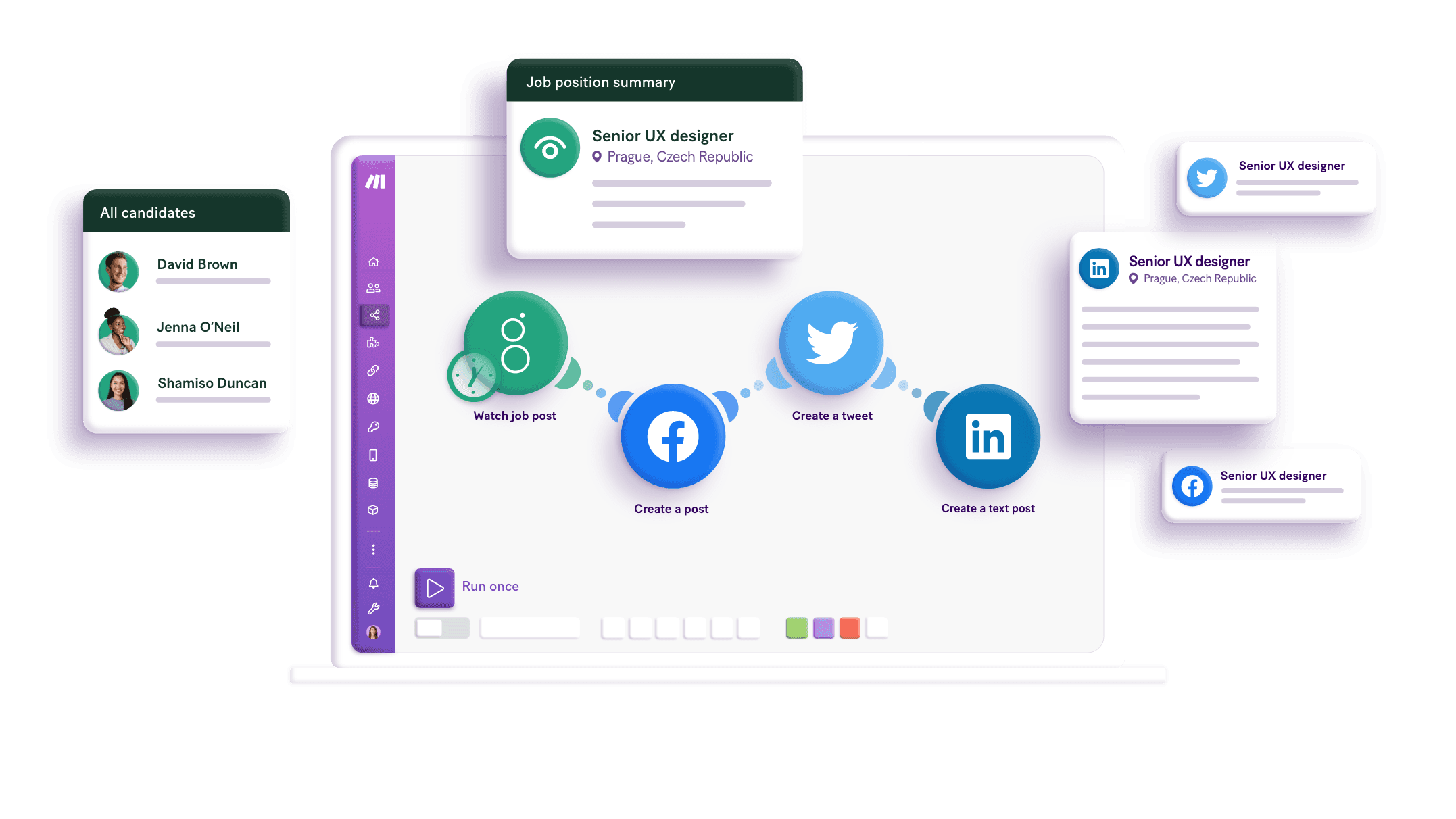Connect Microsoft SharePoint Online and HTTP integrations
Connect Microsoft SharePoint Online and HTTP with any of your favorite apps in just a few clicks. Design, build, and automate anything for your work by integrating apps like Microsoft SharePoint Online and HTTP to create visual automated workflows. Choose from thousands of ready-made apps or use our no-code toolkit to connect to apps not yet in our library.
Trusted by thousands of fast-scaling organizations around the globe
Automate your work. Build something new.
Just drag and drop apps to automate existing workflows or build new complex processes. Solve problems across all areas and teams.

Build your Microsoft SharePoint Online and HTTP integrations.
Create custom Microsoft SharePoint Online and HTTP workflows by choosing triggers, actions, and searches. A trigger is an event that launches the workflow, an action is the event.
Creates a folder in OneDrive.
Creates a new list.
Creates a new item.
Deletes an Item.
Downloads a file from a specified site.
Downloads a file from a specified URL.
Returns the data of a specified list.
Returns the data of a specified page.
Returns the data of a specified site.
Popular Microsoft SharePoint Online and HTTP workflows.
Looking to get more out of Microsoft SharePoint Online and HTTP? With Make you can visually integrate Microsoft SharePoint Online and HTTP into any workflow to save time and resources — no coding required. Try any of these templates in just a few clicks.
FAQ
How it works
Traditional no-code iPaaS platforms are linear and non-intuitive. Make allows you to visually create, build, and automate without limits.





